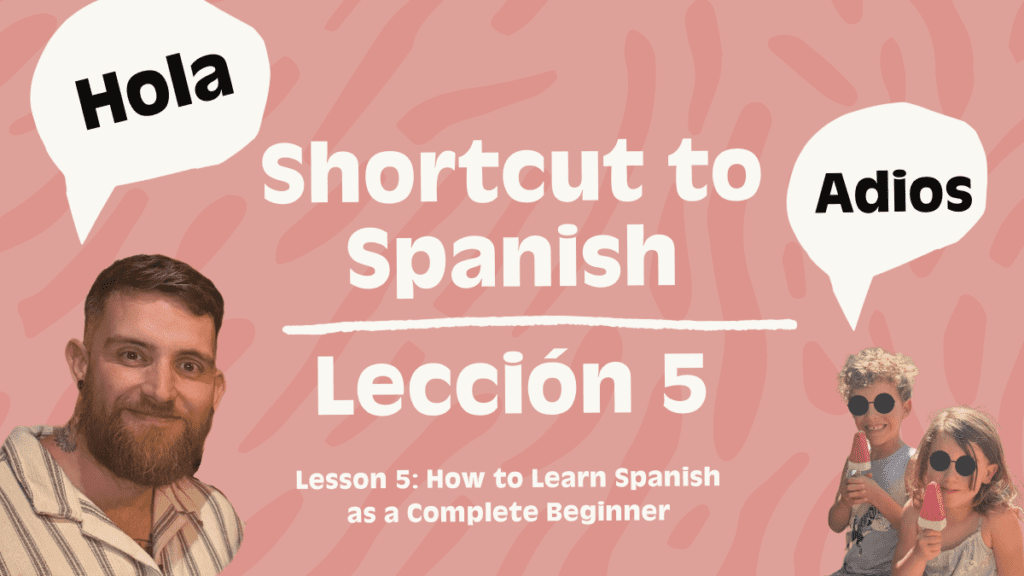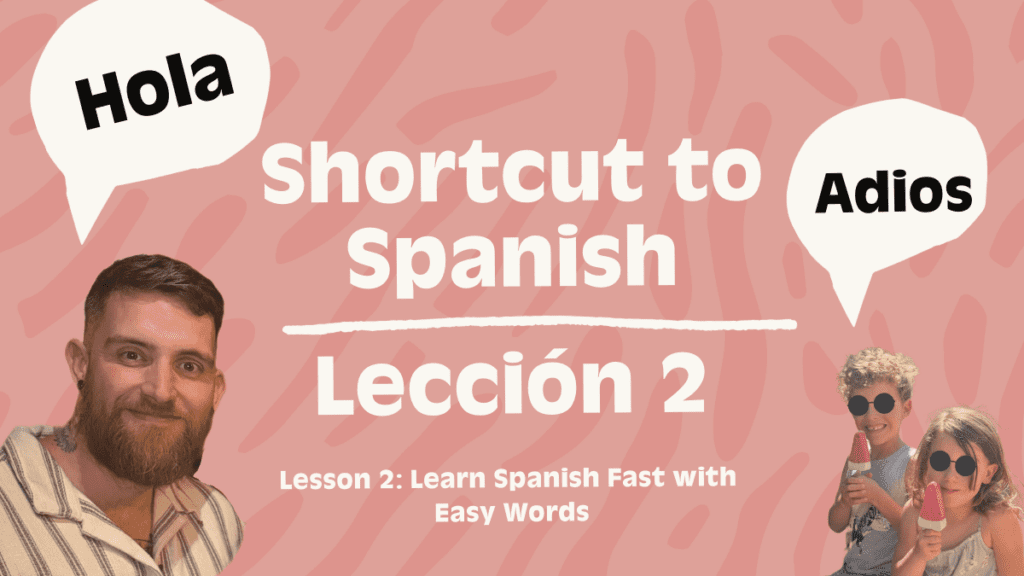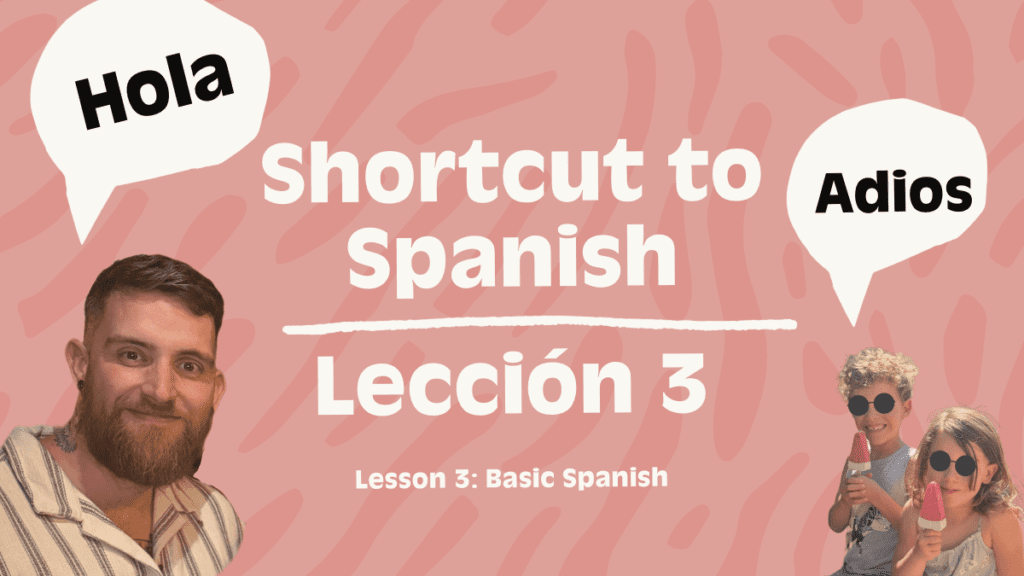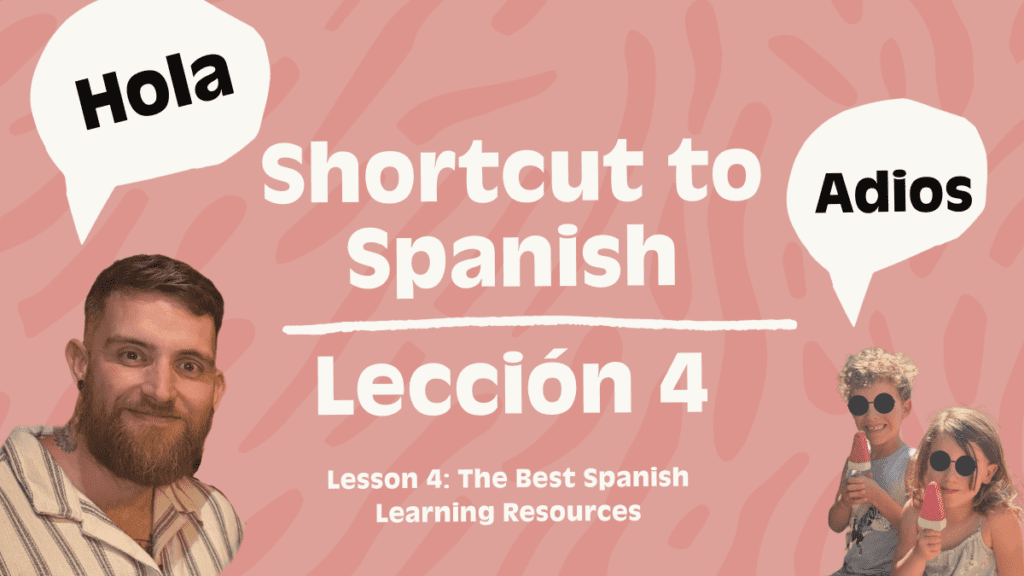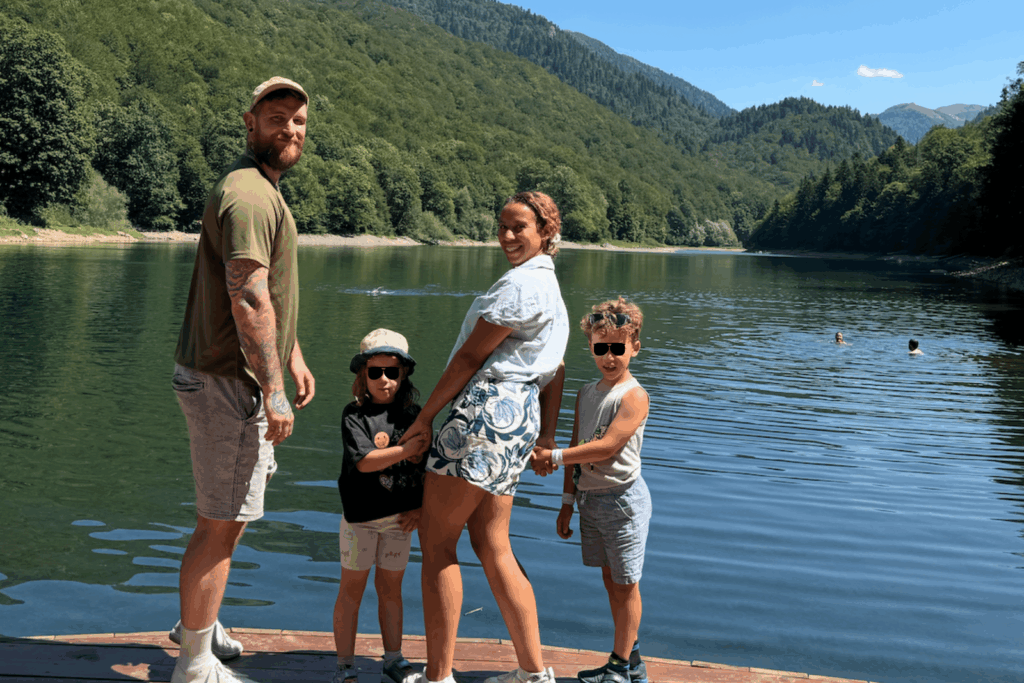How to Learn Spanish as a Complete Beginner
Feeling Overwhelmed? Let’s Simplify It!
Starting to learn Spanish can feel intimidating, so many words, grammar rules, and accents! But don’t worry, you don’t need to be perfect to start speaking and understanding Spanish. The key is jumping in and making it part of your daily life.
In this guide, I’ll break down exactly where to start if you’re a complete beginner learning Spanish, including what to focus on first, common mistakes to avoid, and practical tools that actually work.
This blog is fuelled by caffeine and chaos, if it helps, support our journey.
Step 1: Focus on the Right Words First
One of the biggest mistakes beginners make? Trying to learn ALL the words. The truth is, you don’t need thousands of words to start having conversations.
1. Start with Cognates (Words You Already Know)
Good news, Spanish and English share thousands of similar words! These are called cognates, and they make learning Spanish much easier.
✅ Examples of Easy Cognates:
- Actor → Actor
- Hospital → Hospital
- Animal → Animal
- Capital → Capital
- Familia → Family
💡 Action Step: Make a list of 50 cognates and practice saying them out loud. Add them to Anki or find a suitable deck.
High-Frequency Words & Phrases
Rather than random vocabulary lists, focus on the words and phrases you’ll actually use.
Makes sense right?
✅ Learn These First:
- Greetings: Hola (Hello), Buenos días (Good morning), ¿Cómo estás? (How are you?)
- Everyday Verbs: Quiero (I want), Necesito (I need), Tengo (I have), Me gusta (I like)
- Question Words: ¿Qué? (What?), ¿Dónde? (Where?), ¿Cuánto? (How much?)
Action Step: Learn 100 high-frequency words first. Apps like TalkBox.Mom, Refold, with Anki decks can help with this.
Step 2: Listen to Native Speakers (Even If You Don’t Understand!)
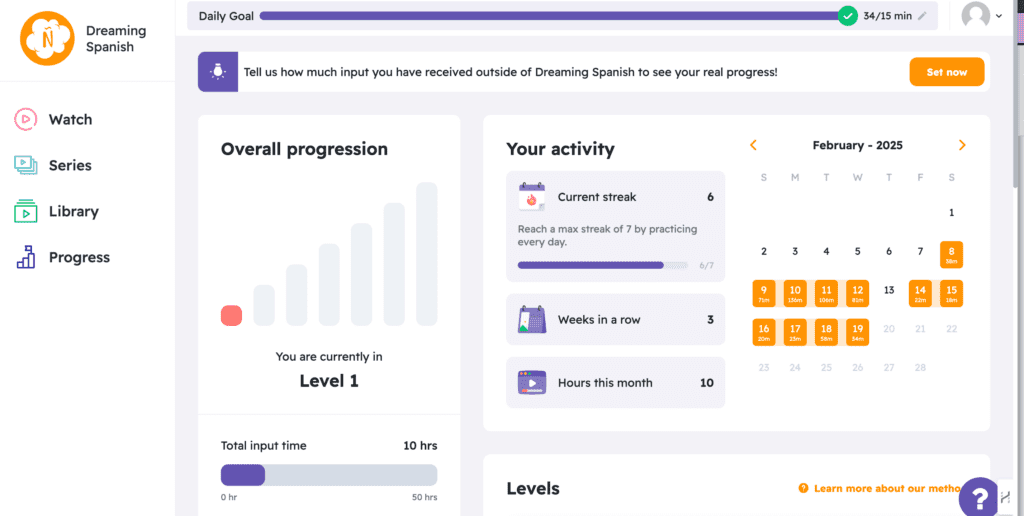
Most beginners start with grammar books and vocabulary drills, but one of the best way to learn Spanish? Listening first. Just likem we did when we were babies.
Why Listening is Key
- Your brain naturally picks up patterns, pronunciation, and common words.
- You get used to the rhythm and speed of Spanish conversations.
- You learn words in context, rather than just memorising lists.
What to Listen To as a Beginner
✅ Super Beginner-Friendly:
- Dreaming Spanish – Super Beginner Videos (slow, easy Spanish with visuals)
- Spanish children’s books & cartoons (Pick ones with clear speech)
✅ Easy Listening:
- Slow Spanish podcasts (like Duolingo Spanish Podcast)
- Songs with lyrics (Start with slow songs like Juanes or Natalia Lafourcade)
Action Step: Listen to 15 minutes of Spanish daily, even if you don’t understand yet!
Step 3: Speak from Day One (Even If It’s Just a Few Words)
Many learners hesitate to speak because they’re afraid of making mistakes. The secret? Mistakes are part of learning!
How to Start Speaking
✅ Talk to Yourself: Describe what you’re doing (“Voy a la cocina” – “I’m going to the kitchen”)
✅ Use Language Exchange Apps: Try HelloTalk or Tandem to chat with native speakers.
✅ Mimic Native Speakers: Listen to phrases and repeat them out loud.
Action Step: Start speaking from day one, even if it’s just simple phrases!
Step 4: Don’t Get Stuck on Grammar (At First!)

Grammar is useful (But not at this stage), if you focus too much on perfect sentences, you’ll slow yourself down. Instead, learn grammar as you go.
Beginner Grammar Tips
✅ Learn basic sentence structure (Spanish is Subject-Verb-Object, just like English!)
✅ Use simple present tense first (“Yo como pizza” = “I eat pizza”)
✅ Don’t stress about verb conjugations, you’ll pick them up naturally
Action Step: Stick to basic sentence patterns and gradually add grammar as needed. If you accidently use present tense when meaning past tense, Spanish people will understand what you mean.
Step 5: Make Spanish Part of Your Daily Life
Immersion isn’t just for travellers - you can immerse yourself in Spanish at home!
How to Surround Yourself with Spanish Daily
✅ Change your phone & apps to Spanish
✅ Label things around your house (Use TalkBox.Mom phrase kits for this!)
✅ Follow Spanish-speaking social media accounts
✅ Find a Spanish-speaking Netflix show and use Spanish subtitles
Action Step: Pick one new habit that brings Spanish into your daily routine. Start small and progress daily.
The Best Tools for Learning Spanish as a Beginner
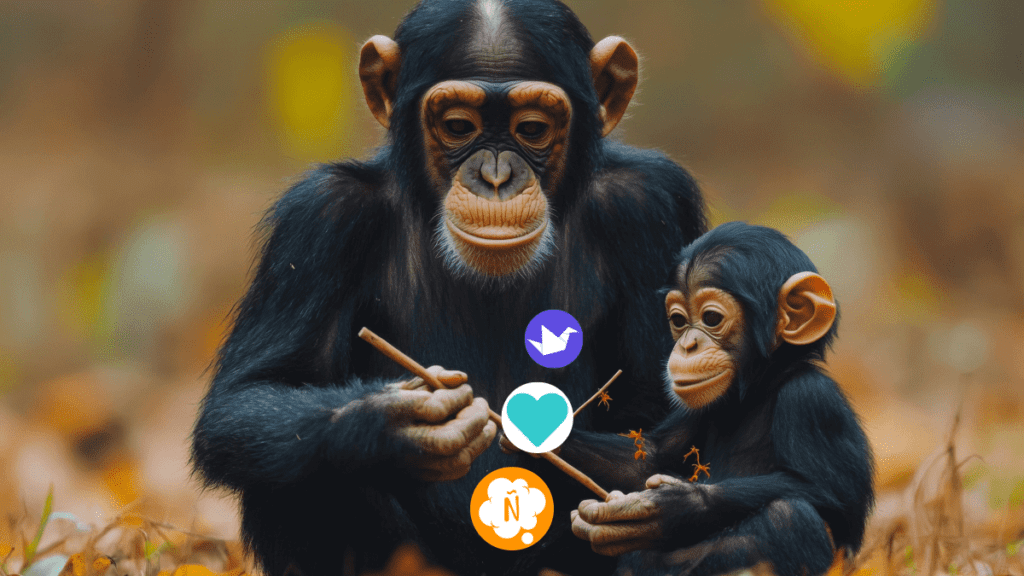
There are thousands of apps and courses, but these are the best tools for beginners:
- Best for Speaking & Daily Practice: TalkBox.Mom
- Best for Listening & Comprehension: Dreaming Spanish
- Best for Vocabulary & Flashcards: Refold’s Spanish Deck
- Best for Grammar (Once You’re Ready): SpanishDict & Butterfly Spanish (YouTube)
Final Thoughts: Keep It Simple & Have Fun!
When starting out on how to learn Spanish, the best way to learn is to start small, listen often, and practice speaking daily.
✅ Focus on cognates & high-frequency words
✅ Listen to native speakers every day (even passively!)
✅ Don’t stress about grammar too soon
✅ Make it part of your daily life
Remember, you don’t need to be perfect to start learning…just start!
Next Up: We’ll dive into The Power of Cognates: Learning Spanish Words You Already Know, a shortcut to learning Spanish even faster!
Read More
FAQs: How to Learn Spanish as a Complete Beginner
How long does it take to learn Spanish as a beginner?
It depends on consistency, but with daily practice, you can understand basic conversations within 3–6 months.
Should I learn Spanish grammar first?
No! Start with listening and basic vocabulary, and pick up grammar naturally as you go.
What’s the best app for beginners?
If you want to speak Spanish with your family, TalkBox.Mom is great. If you’re learning solo, try Dreaming Spanish and Refold flashcards.
How can I learn Spanish if I have no time?
Use passive learning—listen to Spanish podcasts while driving, switch your phone to Spanish, and watch Spanish Netflix shows.

